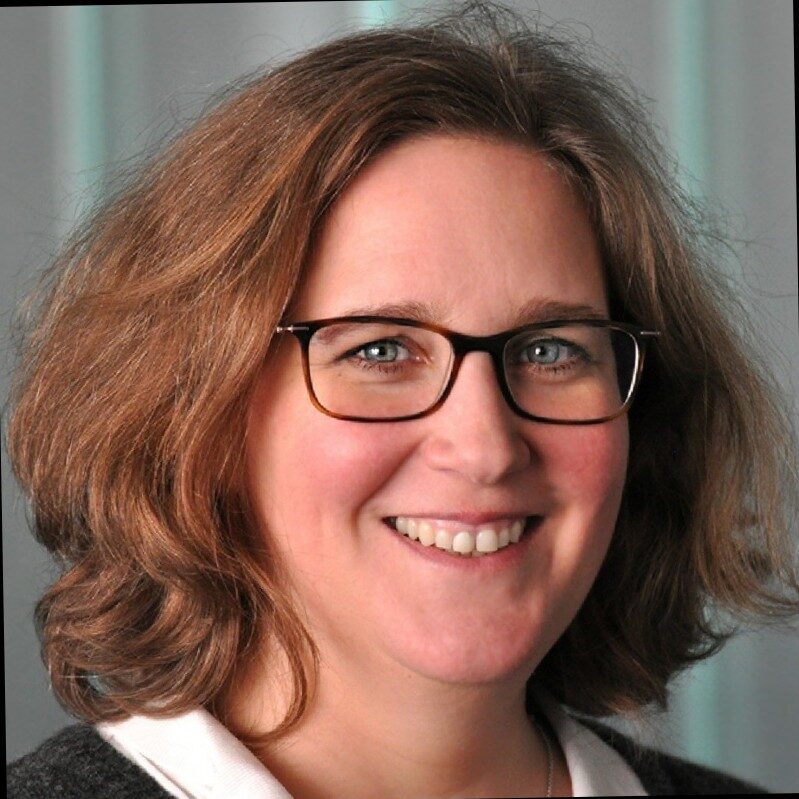When someone asks me what I currently do for a living, I answer: I mainly create eLearning materials for a data competence center.
At this point, my counterpart’s eyes glaze over and they try to change the subject of the conversation as quickly as possible. My tasks are not that difficult to understand – but there is also a wealth of technical terminology that puts many people off.
Some of them immediately switch off: they think that the whole field of electronic data processing (EDP) is not relevant to their own work. Perhaps they have internalized that IT is automatically difficult and that you have to have at least studied computer science or mathematics.
These are often people who work on a PC all day without any problems, juggle complicated tables in Excel, edit image files on their Insta channel or have “ripped” their CDs to hard disk as MP3s. In short, they handle countless files every day, which contain both structured and unstructured data in a wide variety of file formats. And all this without even having attended a computer science class at school (or breaking out in a cold sweat every time)!
The inhibitions of our narrower target group (people from all disciplines who work with, find, curate, research, contextualize, analyze and report on objects from natural history collections) seem to be significantly lower. Nevertheless, we are asking ourselves how we can expand our community – and whether we are actually reaching the people who would benefit most from our work.

In this blog, I would therefore like to try to document my work in a kind of “lab journal”:
- What is actually behind the term “data literacy”?
- Why is it needed and why is it so important?
- How does it change my opportunities (as a scientist or when working with collection objects) and how does it influence my work (and that of the community)?
- What tools and methods do I use – in research, teaching or science communication, and what opportunities do they open up for me?
- Who are the other players – institutions and individuals – in this field and how do we collaborate?
The aim is to open the doors to our “knowledge lab” and make our work a little more transparent.

As an academic staff at the DAI, my main responsibility for WiNoDa lies in the creation of self-study courses on discipline-specific data literacy.
Hands-on and interactive – my goal is: less technical jargon, more “aha” moments.
Because we are all working with data!
